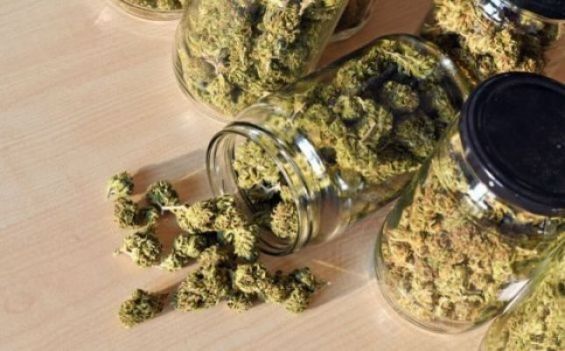Before the Committee of Interior, Local Authorities, Housing and City Policy, a summary of feasibility studies related to the legalization of cannabis was presented on Tuesday. It found that the area planted has declined considerably since 2003, from around 130,000 hectares in the early 2000s to less than 50,000 hectares in recent years.
Studies have also shown that according to the last national agricultural census in 2016, plots of less than one hectare represent about 80% of the total number of plots cultivated, and the average area per family is 1.25 hectares.
The number of people practicing this still-illegal agriculture is estimated at around 400,000 people, or nearly 60,000 families, while the total annual income rose from around 5.3 billion dirhams (500 million euros) in the early 2000s to around 3.4 billion dirhams (325 million euros) today. The final number of transactions in Europe has gone from around 128 billion dirhams (12 billion euros) to around 115 billion dirhams (10.8 billion euros).
The study confirmed that the traditional farmer is exploited by smuggling networks, as they benefit from only 3% of the final income, compared to around 12% made by a farmer in the legal market.
An impact on the environment of a threatened activity
The document also clarified that the cultivation of cannabis currently leads to excessive exploitation of agricultural land, due to the abandonment of agricultural rotation, the depletion of groundwater, as well as the excessive use of fertilizers which pollutes groundwater and accelerates the rate of erosion.
The cultivation of cannabis also leads to deforestation, with a thousand hectares per year destroyed. Experts estimate that 40% of the forest cover in the northern region was lost between the 1960s and 1980s.
This damage got even worse after the introduction of hybrid varieties of the plant with high productivity and higher THC content.
The studies also add that the legalization of medical and recreational cannabis, currently underway in Europe and expected to cover most of the continent in the next ten years, threatens the export market for illegal agricultural products, which represent around 80% of the production. They explain that signs of this threat began to appear several years ago due to the drop in the prices of the product and the quantities sold.
Exceeding Morocco's current total agricultural income
The feasibility studies explain that the annual net income of cannabis for medical use could be around 110,000 dirhams per hectare, an improvement of about 40% compared to current revenues, all within the framework of «practices respecting the standards of sustainable agriculture».
Regarding export markets, the document emphasizes the prospects for Europe by 2028, according to two hypotheses. The first targets 10% of the medical cannabis market (4.2 billion dollars out of a total of 42 billion dollars), while the second hypothesis concerns 15% of the market, that is 6.3 billion dollars, and agricultural revenues of 630 million dollars.
In addition, these studies show that the European market will be targeted in the first place, in particular because of the ease of penetration and taking into account factors linked to consumption forecasts and the volume of imports.
At the legislative level, the priority markets for Moroccan medical cannabis are Spain, the Netherlands, the United Kingdom and Germany, with forecasts of 25 billion dollars per year by 2028. The same studies show that taking into account the potential of the French and Italian markets will increase the volume of the potential market by 17 billion dollars, to reach 42 billion dollars.
The medical use of this plant would reduce a number of risks related to smuggling and drug consumption, as well as those related to health and the environment. Economically, the development of this production chain will allow the Kingdom to move from the status of an importing country to that of an exporter of medical, pharmaceutical and industrial products.




 chargement...
chargement...












